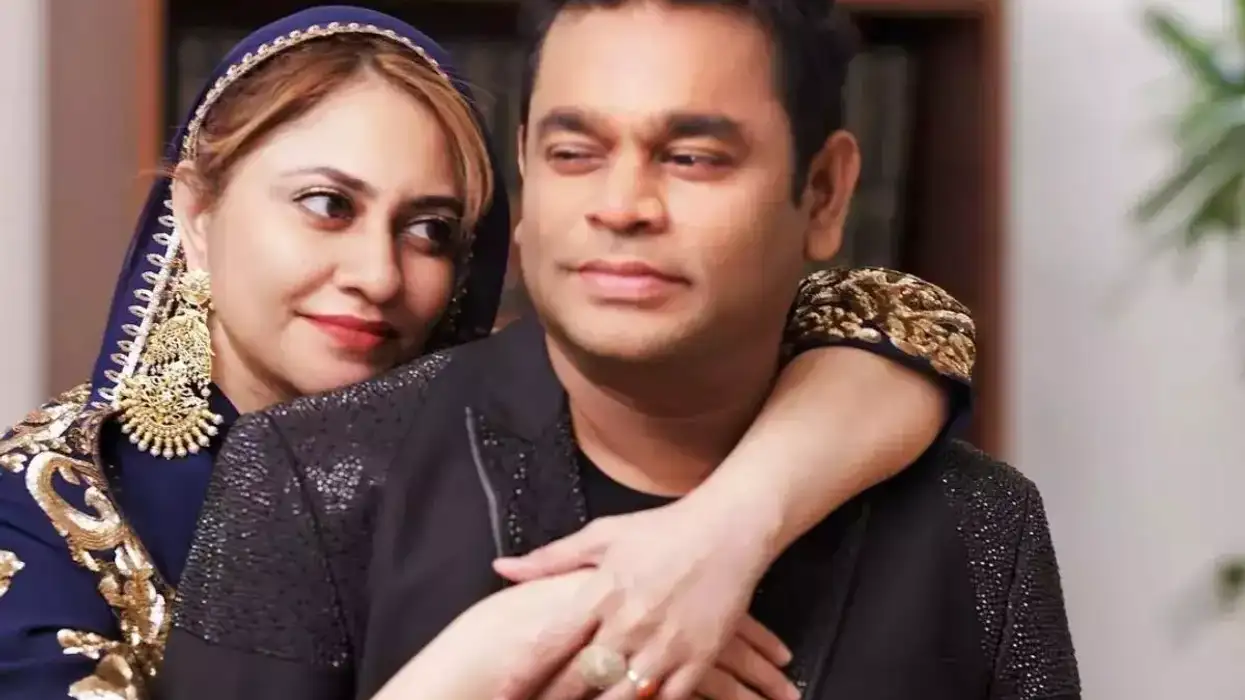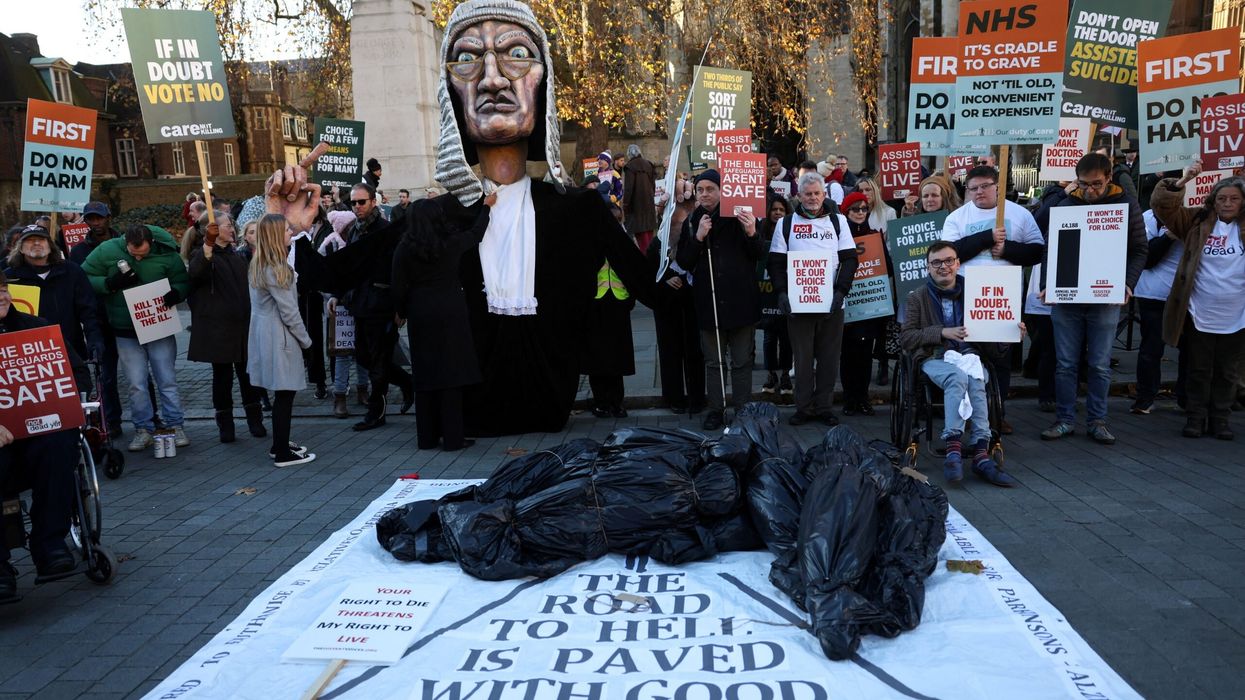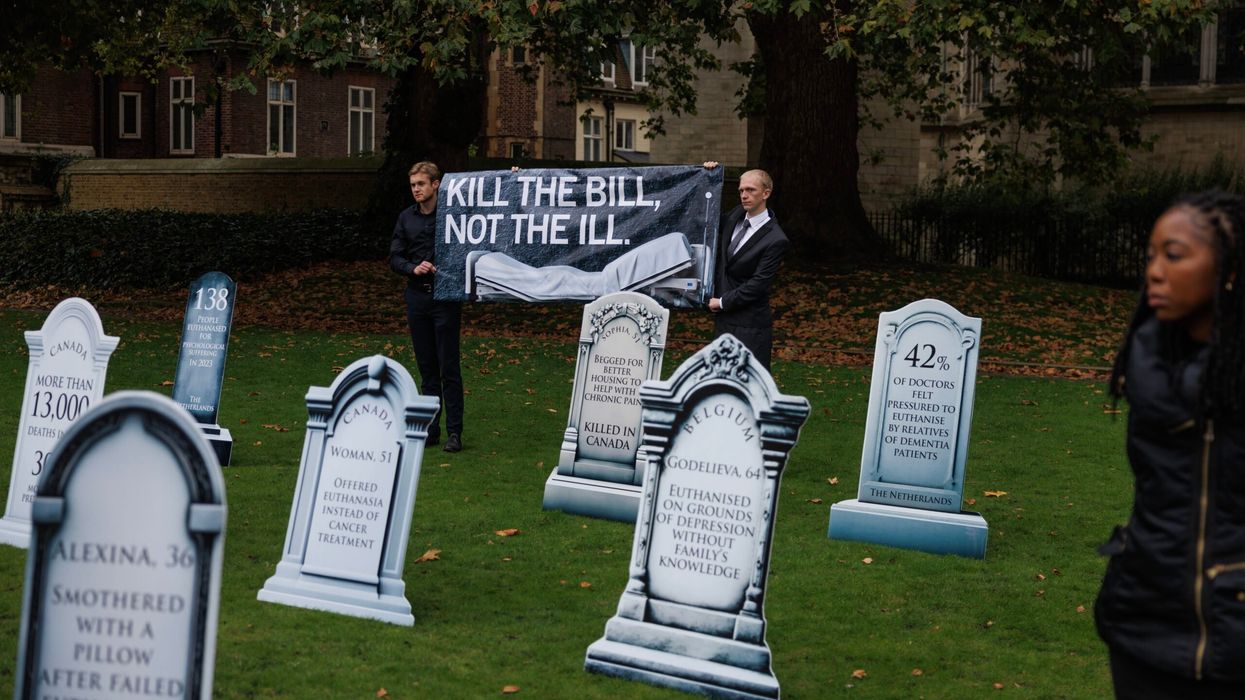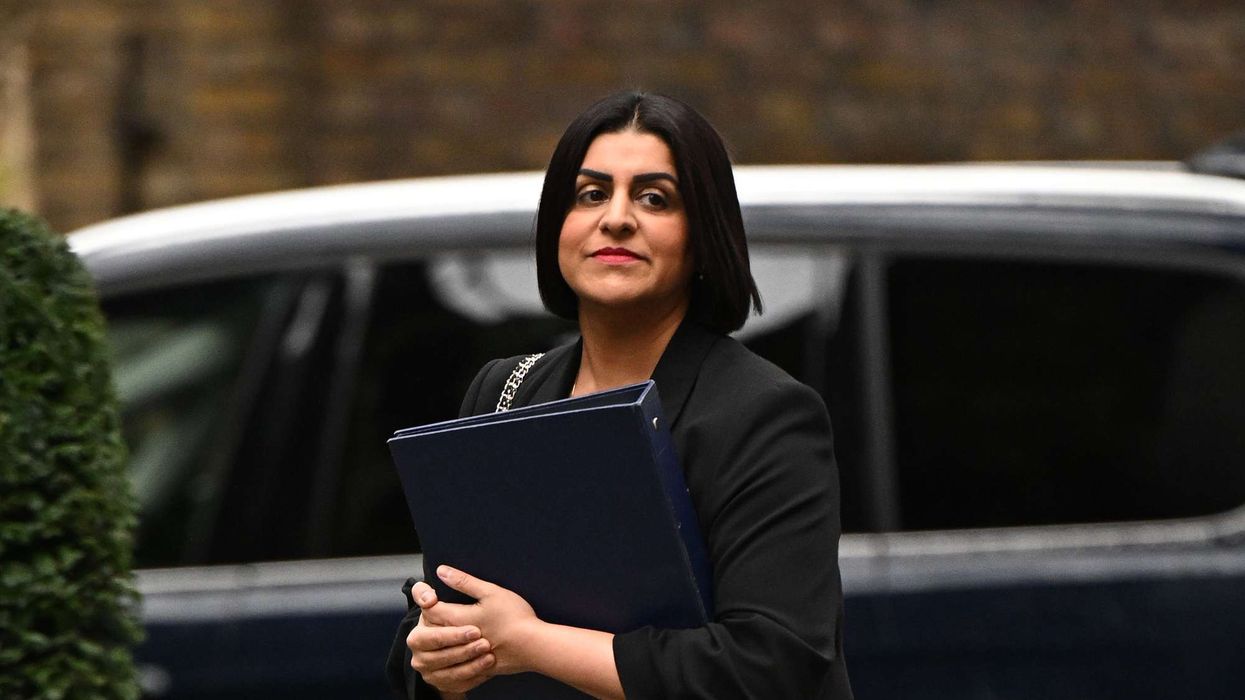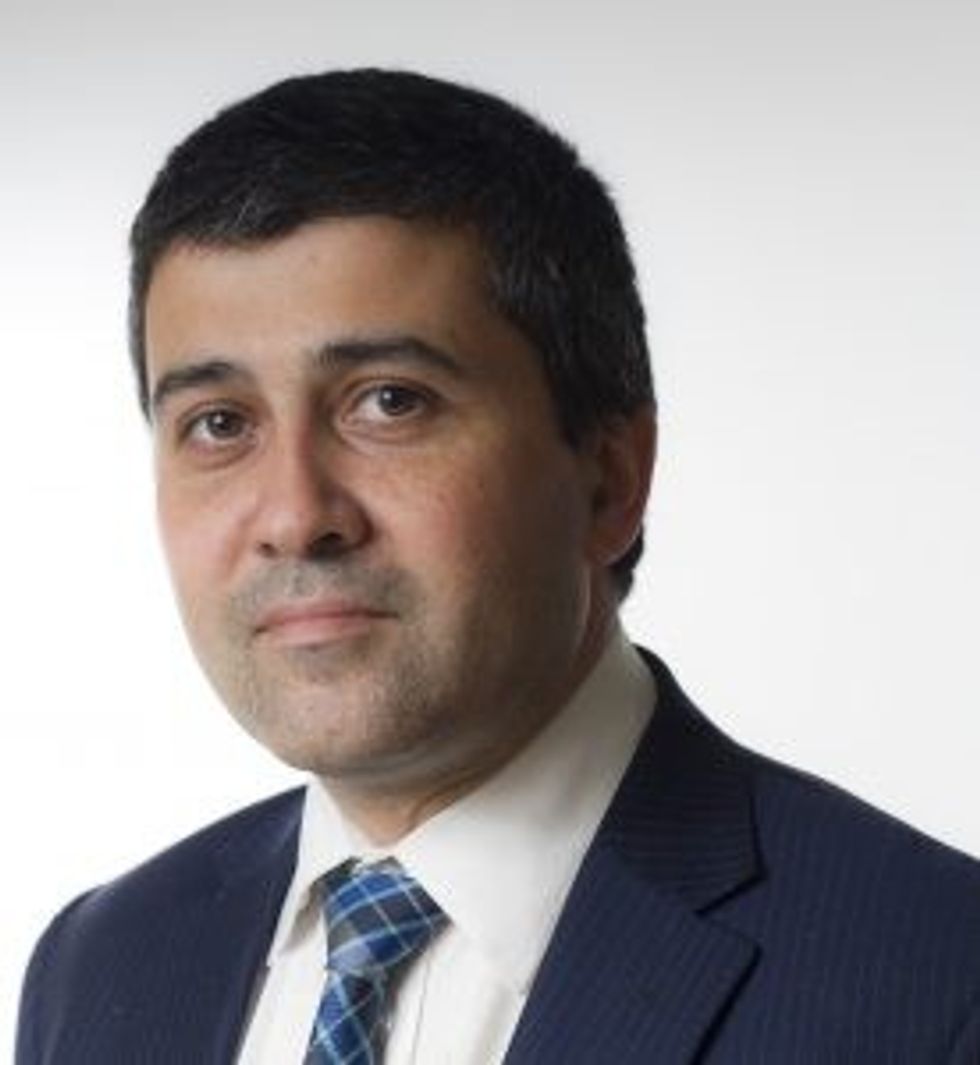by Amit Roy
A STRIKING portrait of Charanpreet Singh Lall, a 22-year-old Sikh from the Coldstream Guards, has gone on display in a photographic exhibition at the National Portrait Gallery.
According to one critic, the portrait, taken by London-based photographer Kurtiss Aaron Lloyd, “amounts to a visual expression of the regality that Lall’s turban suggests. The magnificently noble bearded face and the military outfit and turban evoke a Mughal prince”.
The catalogue for the exhibition, which runs until January 27, 2019, says that Lall stands in Lloyd’s photograph “proudly and confidently representative of both his religion and profession”.
In June, Lall attracted international attention when he took part in Trooping the Colour, a 260-year-old ceremony which now celebrates the Queen’s official birthday. The guardsman, who comes from Leicester, was born in Punjab, moved to the UK as a baby and joined the British army in January 2016.
This year when the Colour of the 1st Battalion the Coldstream Guards was trooped, Lall was allowed to wear a black turban alongside his fellow soldiers in their more traditional bearskin hats.
Lall’s photograph is one of 57 selected for the Taylor Wessing Photographic Portrait Prize 2018, a “leading international competition, open to all, which celebrates and promotes the
very best in contemporary portrait photography from around the world”.
The competition is sponsored by Taylor Wessing, “a leading full-service international law firm with over 400 partners and 1,100 lawyers in 19 jurisdictions around the world”.
This year there were 4,462 submissions entered by 1,973 photographers from 70 countries. A total of 57 portraits from 49 artists have been selected for display.
The National Portrait Gallery’s director and chairman of the judging panel, Dr Nicholas Cullinan, commended the “exceptional portraits” and said: “What was particularly striking
about this year’s entries to the Taylor Wessing Photographic Portrait Prize was the variety of approaches, techniques and styles of the photographs submitted from around the world.
“I hope that the works selected for the 2018 exhibition continue to inspire and engage visitors with photographic portraiture today.”
Shane Gleghorn, managing partner at Taylor Wessing LLP, commented: “There are images that take your breath away. The variety of portraits entered is amazing, encompassing photographs from around the world that display a vast range of approaches and techniques, and shots that range from the spontaneous to the artfully constructed.”
Back in June, Lall expressed pride in taking part in Trooping the Colour. He said he hoped people watching the ceremony “will look at it as a new change in history. I hope that more people like me, not just Sikhs but from other religions and different backgrounds, will be
encouraged to join the army.”
He told journalists: “For myself, being the first turban-wearing Sikh to troop the colour and to be part of the escort it is a really high honour for myself, and hopefully for everyone else as well.”
He added that his mother, father and sister, who are “really, really proud” of him, would be coming to watch him take part.
“My mum was crying on the day I passed out so I wonder what is going to happen to her when she sees me in this,” he said, indicating his turban with the ceremonial cap star.
In late September, Lall’s career appeared to be at risk when The Sun, the BBC and other media alleged he was one of three soldiers who registered positive for a Class A drug during a random test at Victoria Barracks, Windsor.
Brigadier Christopher Coles, head of army personnel services group, said at the time: “I can confirm a number of soldiers from the Coldstream Guards are under investigation for alleged drugs misuse. Those caught taking drugs can expect to be discharged.”
